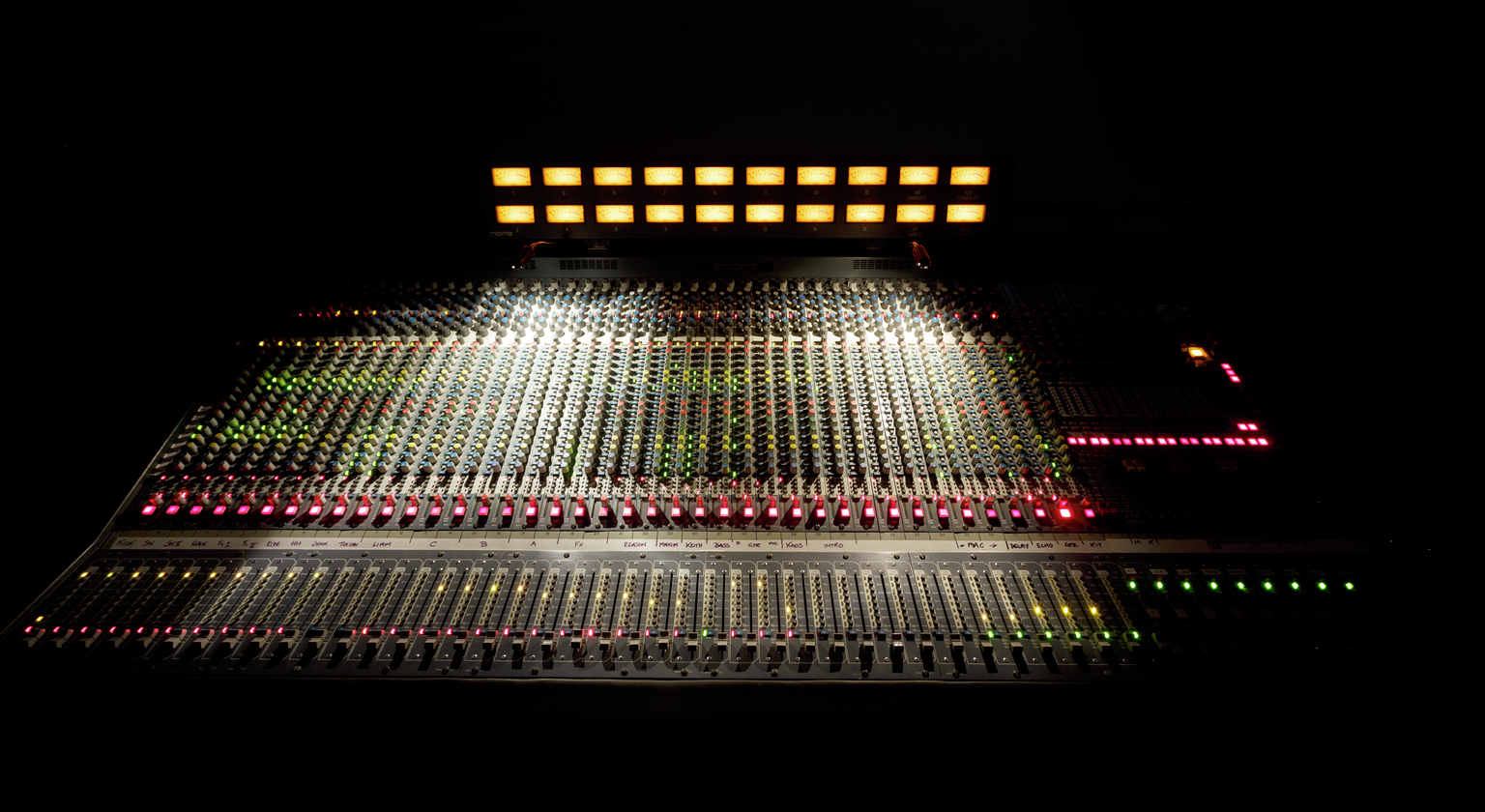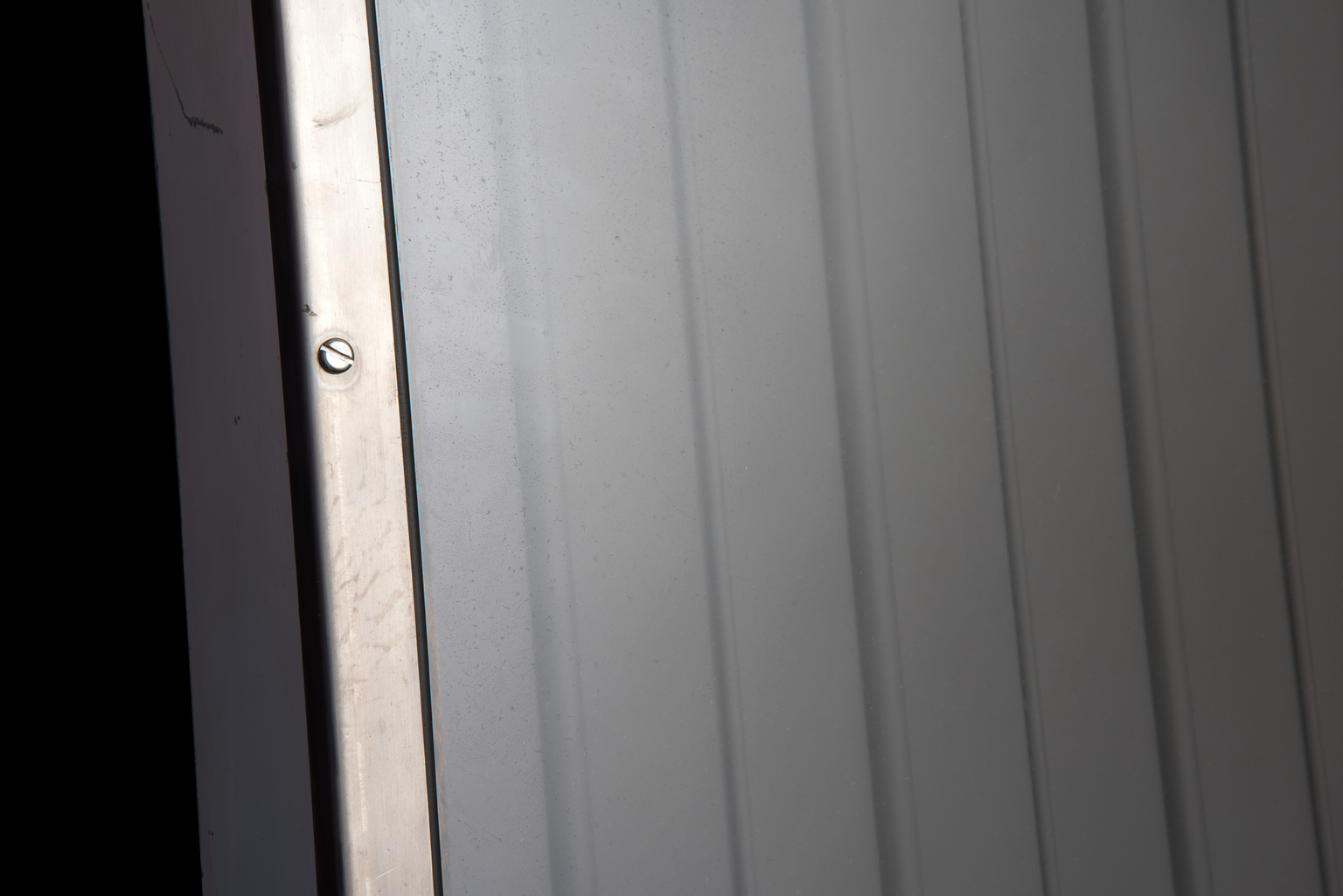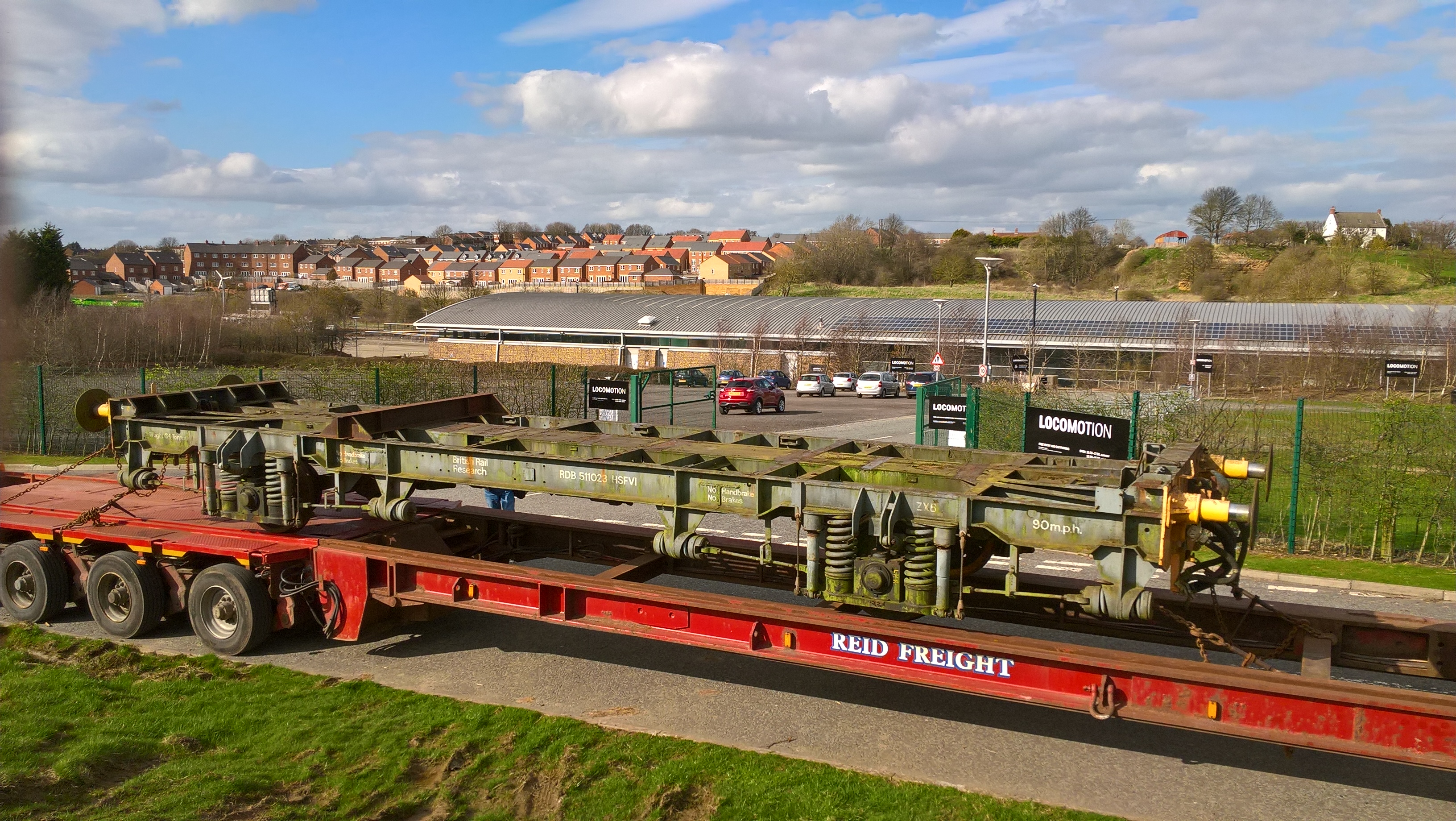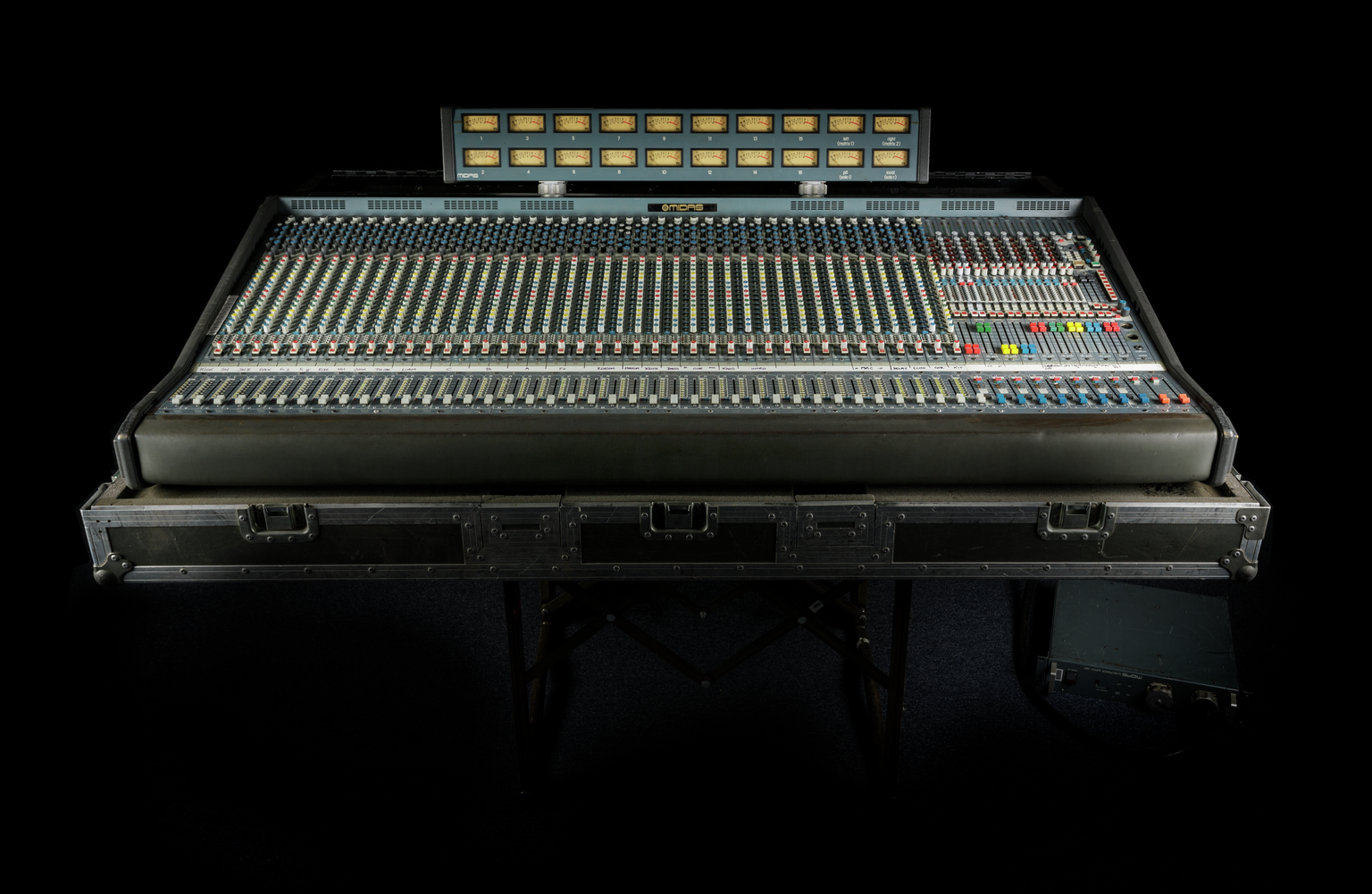It’s been a busy year for curators across the Science Museum Group. The teams have been preparing new exhibitions and galleries at each of our museums, studying items from the collection and sharing their stories through short films and our blogs.
Our team of curators have also been busy identifying, studying and collecting items which are significant enough to join the Science Museum Group Collection.
Since January, we’ve added over 700 items to this national collection of science, technology, engineering, medicine and media. We already care for 7.3 million items for the nation, so there’s a lot of competition to join the collection.
As 2018 draws to a close, we wanted to share a few of the fascinating objects which made it into the collection this year:
Midas XL3 Live Performance Mixing Console
This Midas XL3 mixing console was used by many well-known musicians, bands and engineers to create a good sound for live shows between its manufacture in 1990 and 2018 when it joined the collection. Exactly 1000 were designed and built in Kidderminster, UK, and this console is serial number 003—the oldest one we know of.

Bands and artists who used this mixing desk include Prince, Foo Fighters, Björk, Amy Winehouse, PJ Harvey, The Who, Kings of Leon, Billy Bragg, Coldplay, Suzanne Vega, Madness, Motorhead, Robbie Williams, Jay-Z and many more.
The console has even survived being trampled on. Artist Busta Rhymes was due to play at the Forum (where the console was used from 1996 – 2010) but didn’t show up. The crowd were already in the venue and reacted badly to the no show, trampling over the XL3. However, after the boot-prints had been cleaned off the console worked fine.
Curator Annie Jamieson has written more about how she researched and collected the desk here.
White House Solar Water Heater
From a musical object to one that is political. Forty years after it was installed on the roof of the White House we acquired a solar water heater, which we displayed in our exhibition The Sun: Living With Our Star.

On 20 June 1979 the Democratic President of the USA Jimmy Carter used his great rhetorical skills to turn some unremarkable solar water heaters into political pawns: ‘Solar energy will not pollute our air or water. We will not run short of it. No one can ever embargo the Sun or interrupt its delivery to us…. I dedicate, this afternoon, this solar heater, harnessing the rays of the Sun to the benefit of those who serve our country at the White House.’
The 32 solar-thermal panels were installed on top of the East Wing of the White House that sunny afternoon. Working perfectly throughout Carter’s remaining years as President, the panels were in use until 1986, when Republican President Ronald Reagan chose not to have them reinstalled after a rooftop resurfacing.
You can read more about the solar heater here.
High Speed Freight Vehicle 1
It might not look that impressive, but High Speed Freight Vehicle 1 (HSFV1) is one of the most significant railway vehicles of the modern age.

Although it’s a freight wagon, research carried out on the rail-wheel interface with this vehicle actually had a major impact on the development of high speed passenger rail travel. In the UK it led to the development of the Advanced Passenger Train (which for political as much as technological reasons wasn’t a great success) and also the InterCity 125 High Speed Trains which are still in service today. Many railways across the world use the technology originally developed by HSFV1, which you can see on display at Locomotion in County Durham.
Other items we’ve collected this year include an atomic clock (which also featured in The Sun: Living With Our Star), coding kits for kids and equipment used for testing during the development of ‘Baby’, the Manchester Small-Scale Experimental Machine.

Archive materials relating to the funeral train arrangements for Queen Victoria, engineering drawings of early petrol car engines and the construction and test flights of Concorde 002 also joined the collection this year.
When an item joins the collection it known as being ‘accessioned’, and the process is a team effort, involving colleagues from our conservation, registration, curatorial and photography teams.
Each of our five museums has a particular area of focus for collecting (more on that here). Some items that join the collection may go on display in a new gallery or exhibition, while others may help us to tell stories now or in the future. Many of the items we add to the collection can be seen in our online collection.
